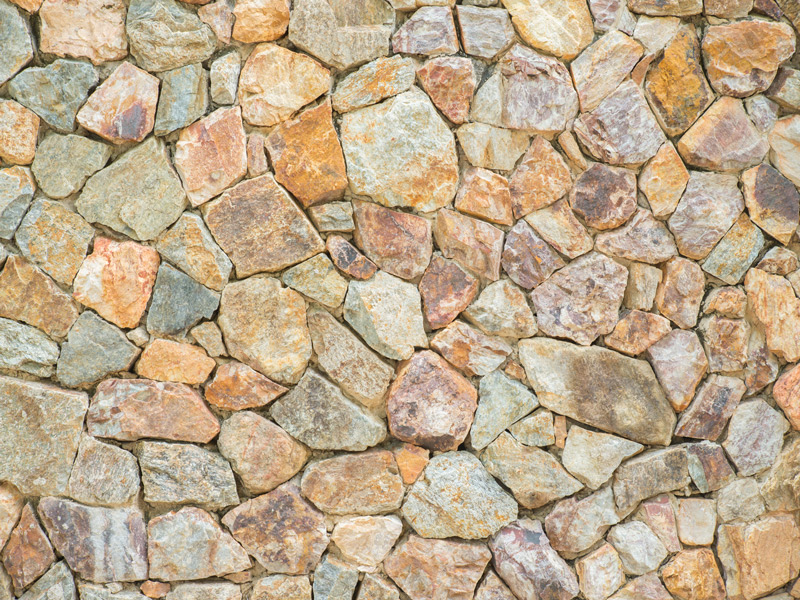Choosing the right finish for a pool is a key decision, both aesthetically and functionally. Natural stone pool cladding offers a durable, elegant, and safe solution that adapts to all types of environments, from private gardens to luxury facilities.
If you are considering options to renovate your pool or design one from scratch, here’s why natural stone is one of the most recommended alternatives.
Benefits of natural stone pool cladding
Using natural stone in pools not only enhances their appearance but also offers a series of advantages that set it apart from other synthetic materials.
Resistance and durability beyond the rest
One of the main reasons for choosing this type of cladding is its ability to withstand extreme conditions: constant water exposure, sunlight, temperature changes, and even chemicals such as chlorine. This makes it an ideal option for those seeking a long-lasting finish without unpleasant surprises over time.
Safety without sacrificing aesthetics
Natural stone is not only beautiful, it’s also safe. Many varieties offer a naturally non-slip surface, making it perfect for wet areas, edges, and access steps. It provides confidence and reduces risks without losing visual appeal.
Design that adapts to any environment
From rustic-style pools to contemporary designs, natural stone pool cladding fits into any setting. The variety of colors, textures, and shapes makes it possible to achieve unique, customized results that harmonize with the surroundings.
Easy maintenance
Although it may seem like a delicate material, natural stone is very easy to maintain. A periodic cleaning with water and mild products, along with the application of sealants from time to time, will preserve its appearance and protection.
Ideal areas to apply natural stone
The versatility of this cladding allows it to be used beyond the pool basin itself. It is common to extend it to other areas to achieve a sense of continuity and integrated design.
Common applications in a pool:
- Pool basin interior: for a natural finish that adds texture and visual depth to the water.
- Edges or coping: not only for aesthetics but also for safety and durability.
- Steps and access points: where a comfortable, non-slip surface is essential.
- Rest areas or solarium: to create a harmonious and comfortable environment.
- Walls or integrated planters: to add personality to the space and complete the landscape design.
Maintenance and care to keep in mind
Unlike other materials, natural stone does not require constant or aggressive maintenance. However, there are some recommended practices to preserve its original beauty.
How to extend its lifespan:
Avoid using abrasive products or metal brushes that could damage the surface. Keep the pool water’s pH under control to prevent stains or deterioration, and apply a specific sealant periodically, depending on the type of stone and environmental conditions. Regular cleanings will also help prevent limescale or algae buildup.
Which Stone Should You Choose for Your Pool?
Not all stones are the same, nor do they behave the same when in contact with water. The choice depends on both the design and the conditions of the environment.
Granite, quartzite, travertine, slate, and limestone are among the most common options. For example, travertine is known for its smooth feel and elegant look, while granite offers superior resistance for extreme climates. The important thing is to choose a type of stone suited to the intended use and the style you want to achieve.
Trust professionals for your natural stone pool cladding
At Pebbletec Spain, we are leaders in natural stone pool cladding systems, offering solutions that combine aesthetics, durability, and exclusivity. Our finishes are designed to integrate perfectly into any environment, ensuring longevity, safety, and a striking visual result.
If you want to transform your pool into a unique and natural space, contact us. We will personally advise you and help you choose the cladding that best suits your project.



